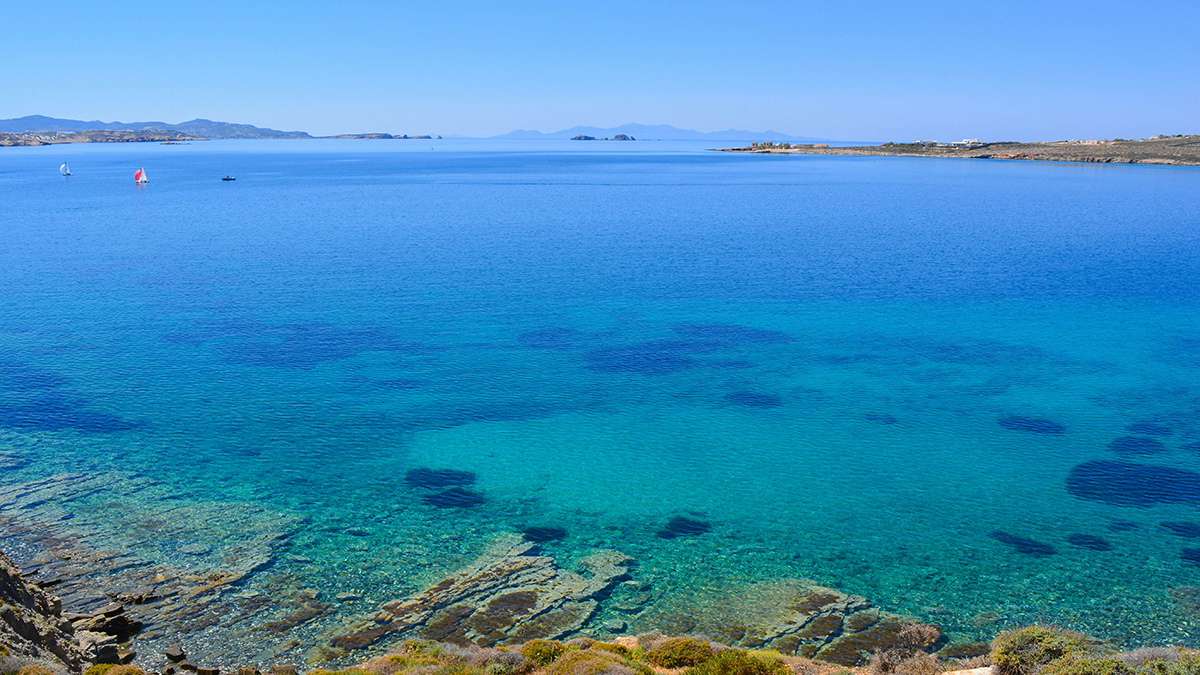Lead pollution in and around the Aegean Sea dates back to the Bronze Age and shows a strong spike associated with Roman expansion.
Ancient Rome
Posted inNews
Roman Plagues Struck During Cool, Dry Periods
Marine sediments from the Gulf of Taranto offer a high-resolution look at climate during ancient disease outbreaks.
Posted inNews
Roman-Era Millstone and Mixer Makers Knew Their Rocks
The geochemistry of basalt millstones and mixers from the city of Volubilis suggests a local origin—and that rocks were picked for specific purposes, from crushing olives to mixing dough.
Posted inNews
Ancient Romans Polluted Their Lakes Just Like We Do Today
Sediments from a lake in Switzerland reveal that ancient Romans triggered dead zones caused by the runoff of nutrients. Sound familiar?
Posted inNews
Ancient Roman Aqueducts Could Spill Climate Secrets
Thick layers of mineral deposits that coat the aqueducts could provide a vast pool of information about climate during the Roman Empire.





